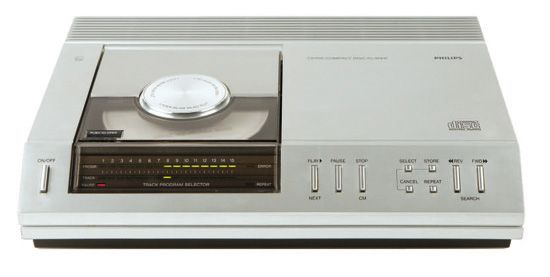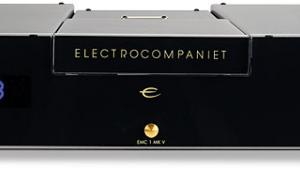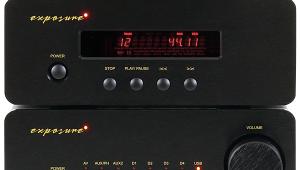Philips CD100 (Vintage)

It was in March 1983 that the compact disc system officially arrived in Europe. With it came the first European-made CD player, the top-loading Philips CD100. Four years before, in March 1979, Philips had given a first press demonstration of a Compact Disc player prototype, using 14-bit digital encoding. Philips was already marketing 30cm video discs but believed that there should be a separate, smaller disc format for audio. The new disc’s diameter of 115mm was no larger than the diagonal of a Compact Cassette.
Later in 1979, Philips agreed to complete the development of CD with Sony. In the spring of 1980, it signed up to Sony’s demands that the system should be 16-bit and that the new discs should be 120mm in diameter.
Philips had found a clever way of using its existing 14-bit DAC to meet the 16-bit CD standard. In its 14-bit, 4-times oversampling system, a digital filter stage prior to the DAC created three extra samples for each of the original samples. When these extra samples were integrated in the DAC, at four times the original rate, the result was a resolution equal to 16-bit.
As far as the DAC was concerned, the sampling frequency was now 176.4kHz instead of 44.1kHz. This in turn meant that the unwanted frequencies contained in the DAC’s output were much higher too. Now, instead of a steep ‘brickwall’ filter acting at just above 20kHz, and causing problems in the audio band below, the Philips player’s audio output stage needed only a gentle, innocuous analogue filter.
This gave the early Philips players a sonic advantage over ‘16-bit linear’ rivals. Although 14-bit 4-times oversampling was born of necessity, it sounded smoother and less fatiguing. Also contributing to the CD100’s superior performance was Philips’ swing-arm mechanism, as opposed to the linear, radially-sliding ‘sled’ types used by the Japanese makers.
SPECIAL ISSUE
It was fascinating to compare the CD100 with some modern players, in this case the neutral Classé CDP-102, the more characterful Pathos Endorphin and the giantkilling Apollo from Rega. I started with the first CD disc I’d ever had, a special issue of Anne-Sophie Mutter playing the Brahms Violin concerto with Karajan and the Berlin Philharmonic [Deutsche Grammophon 400 064-2]. This was given out to the press as a PolyGram promotion in November 1982.
Hearing it now on the CD100, I felt at first that the image of the orchestra was constricted and not very inviting. It seemed there was something slightly unsettling about the spatial relationship between soloist and orchestra, and it did not seem possible to let attention drift naturally from one to the other, as it would be if listening music live.
There were certain notes where you could feel that this was an electronic effect, not someone playing a violin. Yet elsewhere, particularly in the slow movement, there was a fair sense of space and you could relax into the music. On a modern CD player, the overall effect was much more expansive, with a better sense of perspective and a weightier bass giving a better sense of scale. But the sound of the solo violin was still sometimes unnatural, just as it had been on the Philips player.
Overall, the CD100 could often sound nicer and more musical than I’d expected. True, its presentation seemed to change character with the time of day, presumably due to RF effects, but I couldn’t help feeling that Philips did get a lot of things right first time.
Look at the player today and you see just how much technology has progressed in 29 years. Listen to it, though, and you might catch yourself enjoying the music and wondering, if only for a moment: how far have we really come?
VERDICT
Basic as it was, the CD100 still gave ease of use that was a world away from LP or cassette while Philips’ 14-bit 4-times oversampling was the best solution at the time. It’s possibly easier to appreciate this now than it was back then, when the record industry, let alone the hi-fi industry, was still only just learning how to do digital.
Originally published in the Yearbook 2011

























































